Shutterstock
Dogs, like humans, often yawn when they’re tired. Still, the reason behind those wide-open jaws isn’t always about catching some extra sleep, and yawning is a behavior that dogs use in various situations. Its meaning can change depending on the context. From expressing anxiety to communicating with their human companions, yawning is part of a dog’s complex communication toolkit. Understanding why dogs yawn can give you greater insight into their emotional state and help you respond to their needs more effectively.
Yawning as a Sign of Stress or Anxiety
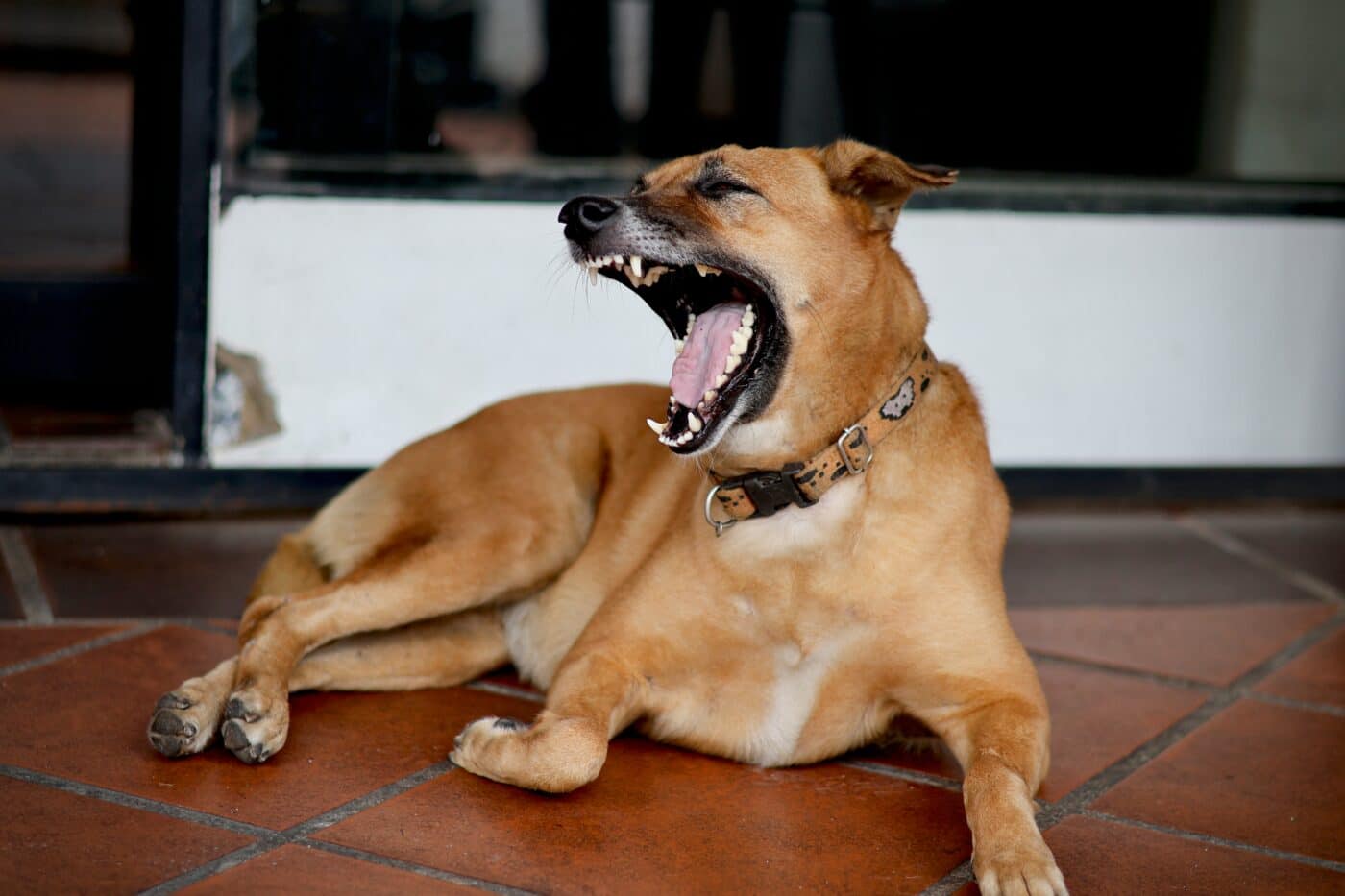 Shutterstock
Shutterstock
One of the most common reasons dogs yawn is due to stress or anxiety. Yawning is often a calming signal—a behavior dogs use to communicate that they’re feeling uneasy or overwhelmed in a situation. For example, if your dog yawns during a visit to the vet, in a crowded space, or before a big event like a bath or a car ride, it’s likely because they’re stressed. This type of yawning allows your dog to try to self-soothe and calm themselves down. It’s their body’s way of releasing tension and signaling to others that they are not a threat. Recognizing stress and yawning can help you adjust the situation to make your dog feel more comfortable.
Dogs Yawn to Communicate
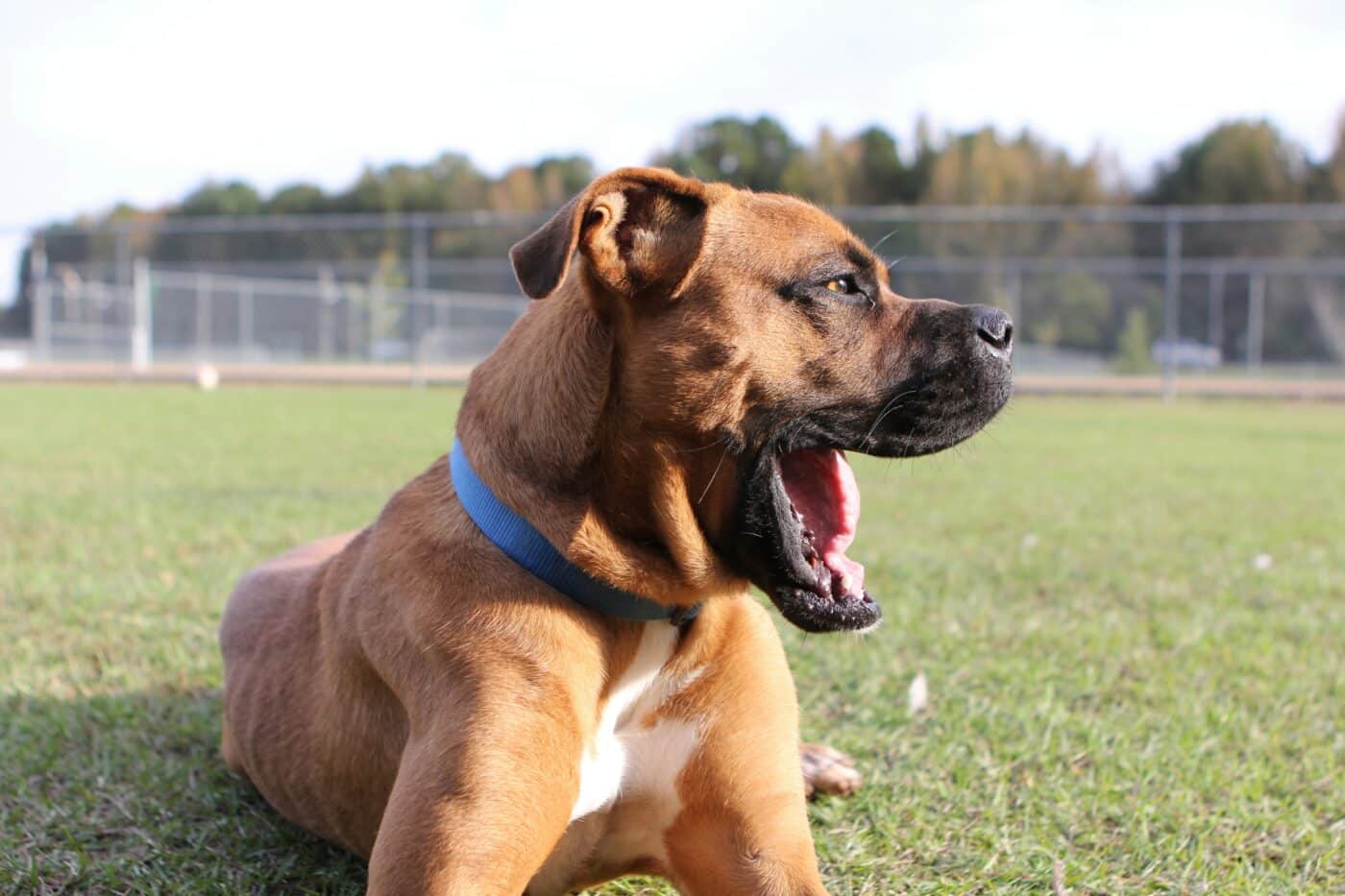 Shutterstock
Shutterstock
Dogs use yawning as a form of nonverbal communication with humans and other dogs. When dogs yawn in social settings, they might be trying to send a message. Yawning can show empathy, mirror human behavior, or signal peaceful intentions to other dogs. If you yawn and notice your dog yawns shortly after, it could be because they’re mirroring you, showing that they’re in tune with your emotions. In a group of dogs, yawning may help diffuse tension, signaling that they don’t want to engage in conflict. It’s a subtle but powerful tool in canine communication.
Contagious Yawning
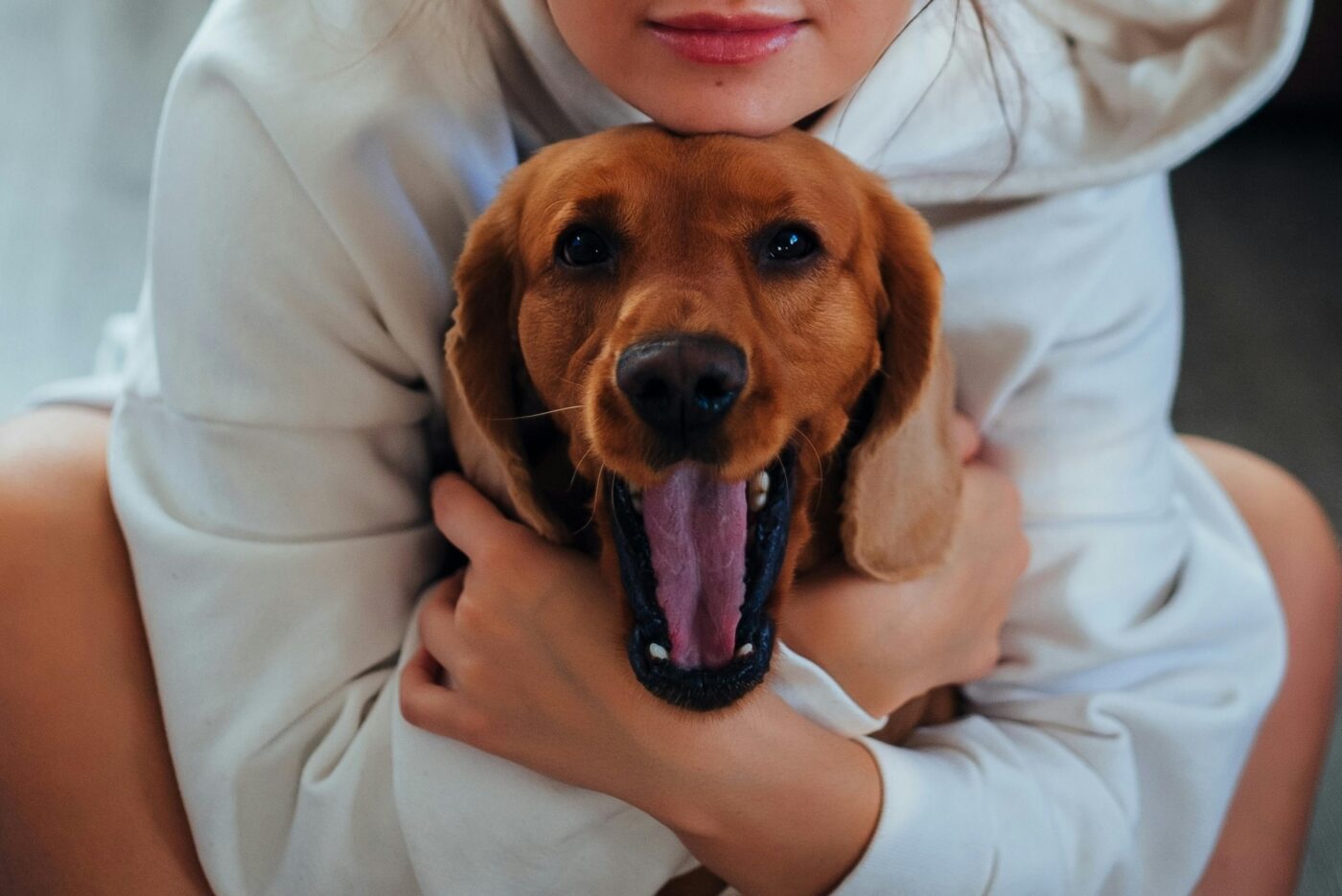 Shutterstock
Shutterstock
Contagious yawning isn’t just a human phenomenon—dogs are susceptible to it, too! Studies have shown that dogs often yawn after seeing their owners yawn, demonstrating a strong empathetic bond between humans and their canine companions. This behavior isn’t just a quirk; it shows how closely dogs are tuned into human emotions and actions. When a dog yawns after you do, it’s often a sign of social bonding, indicating that they’re connected to you and responding to your cues. This empathetic yawning further emphasizes the deep emotional connection between dogs and humans.
Yawning to Diffuse Conflict
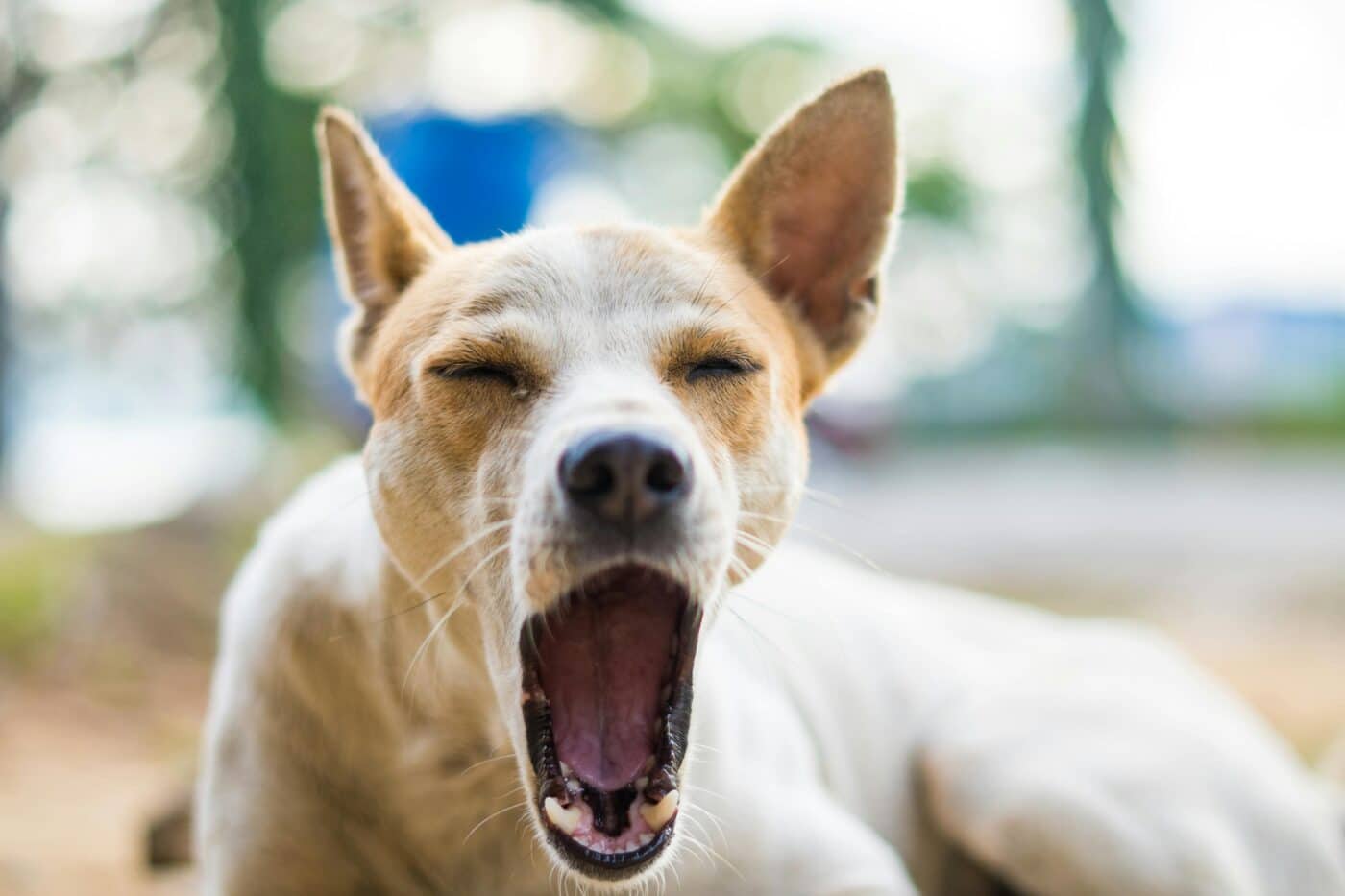 Shutterstock
Shutterstock
Yawning can also be a way for dogs to diffuse conflict or avoid confrontation. In a tense situation, such as an encounter with an unfamiliar dog, your dog may yawn to communicate that they don’t want to fight or engage in aggressive behavior. This is particularly common in social settings where dogs are unsure of each other’s intentions. Yawning is a non-threatening gesture that helps calm the situation and shows submission. By yawning, your dog says, “I’m not a threat. Let’s stay calm.” Recognizing these yawns can help you manage dog-to-dog interactions more smoothly.
Yawning as a Response to Excitement
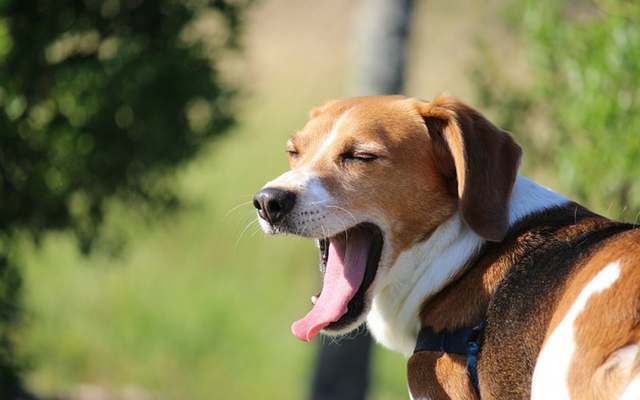 Shutterstock
Shutterstock
While yawning is often associated with stress or relaxation, it can also occur when a dog feels excited or overstimulated. If your dog yawns before heading out for a walk or when they see you grab their favorite toy, it could be a sign that they’re excited and preparing for action. In these cases, yawning acts as a way for dogs to regulate their emotions and keep themselves calm in anticipation of something exciting. It’s similar to how humans might take a deep breath before starting a big task. So, the next time your dog yawns before a fun activity, it could be their way of managing their excitement.
Yawning to Release Tension
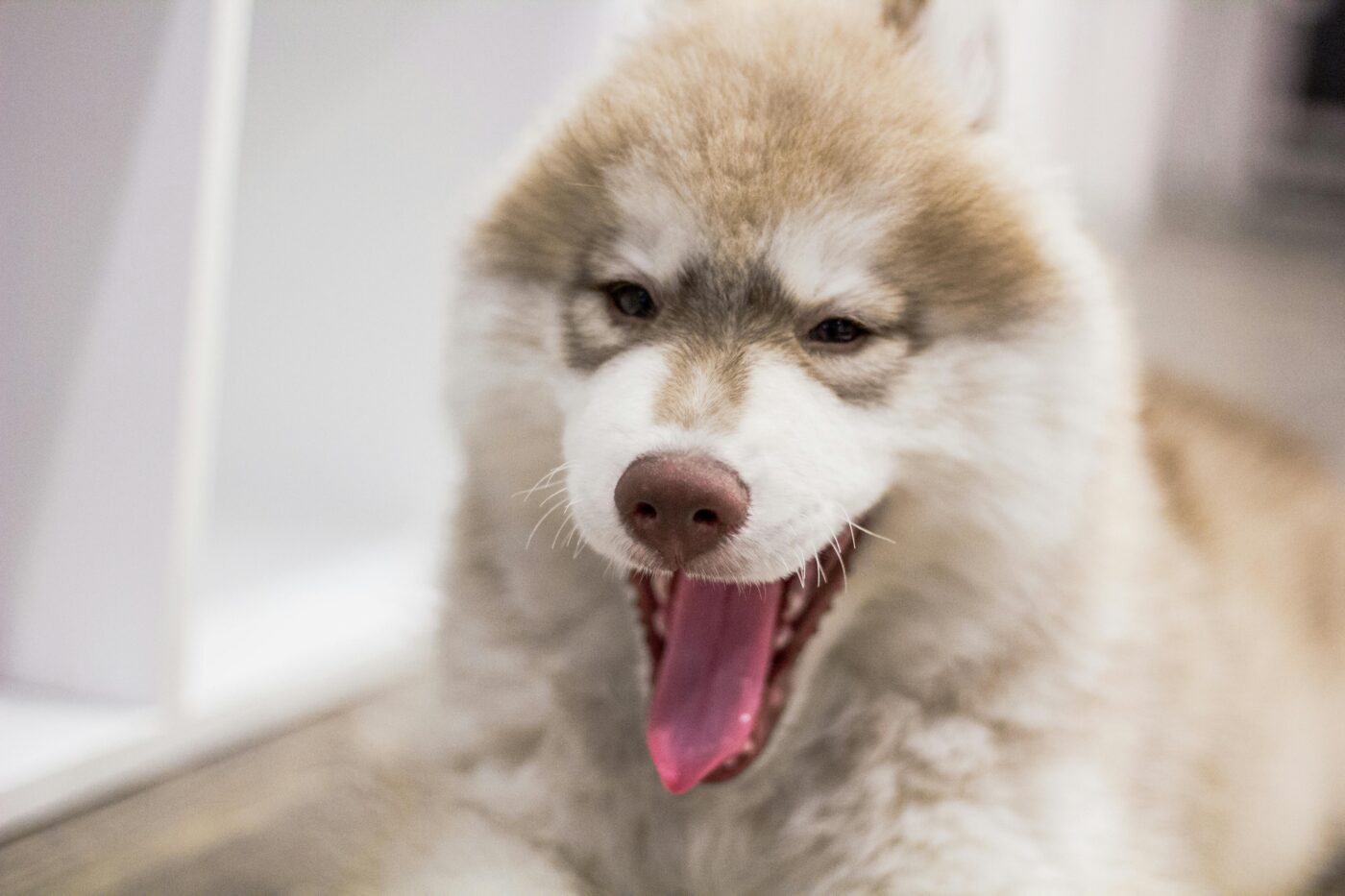 Shutterstock
Shutterstock
Yawning can also be a physical release of tension, much like stretching after a long period of inactivity. Dogs may yawn after waking up from a nap or after a period of inactivity to reset their bodies and prepare for movement. This kind of yawning resembles how humans stretch and yawn to wake themselves up. It’s a way for dogs to loosen up their muscles and prepare for the next activity. So, if your dog yawns after lounging around or taking a break, it could mean they’re getting ready to move again.
Yawning During Training Sessions
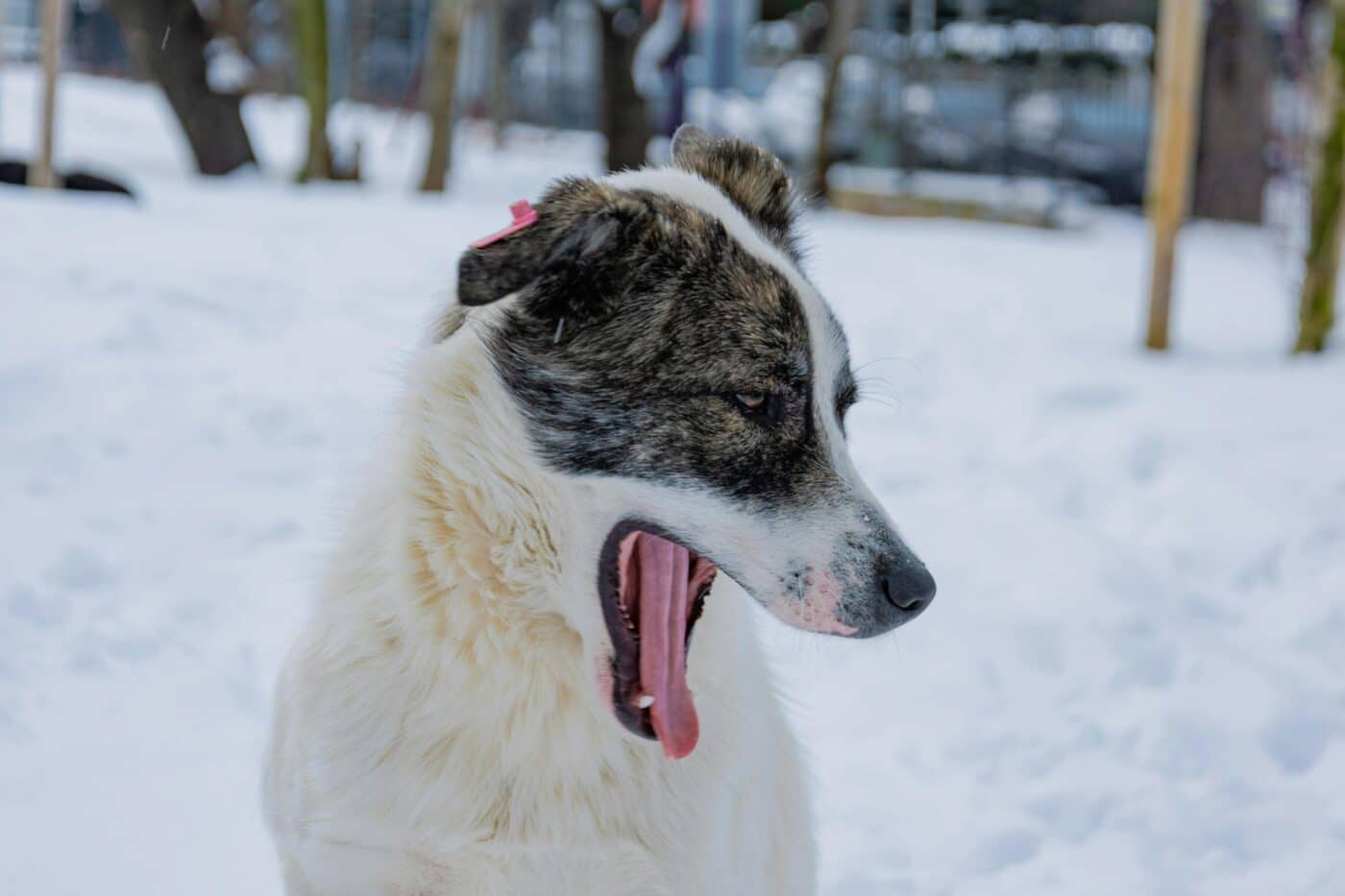 Shutterstock
Shutterstock
If your dog yawns during a training session, it might indicate they feel mentally or physically exhausted. Training requires a lot of focus and can be challenging for dogs, especially if the session is long or complicated. Yawning in this context can indicate that your dog feels overwhelmed or tired, signaling it might be time to take a break. Paying attention to these yawns can help you gauge your dog’s limits during training and adjust the session accordingly to avoid frustration or burnout. It’s important to keep training sessions fun and manageable for your dog.
Yawning as a Sign of Discomfort
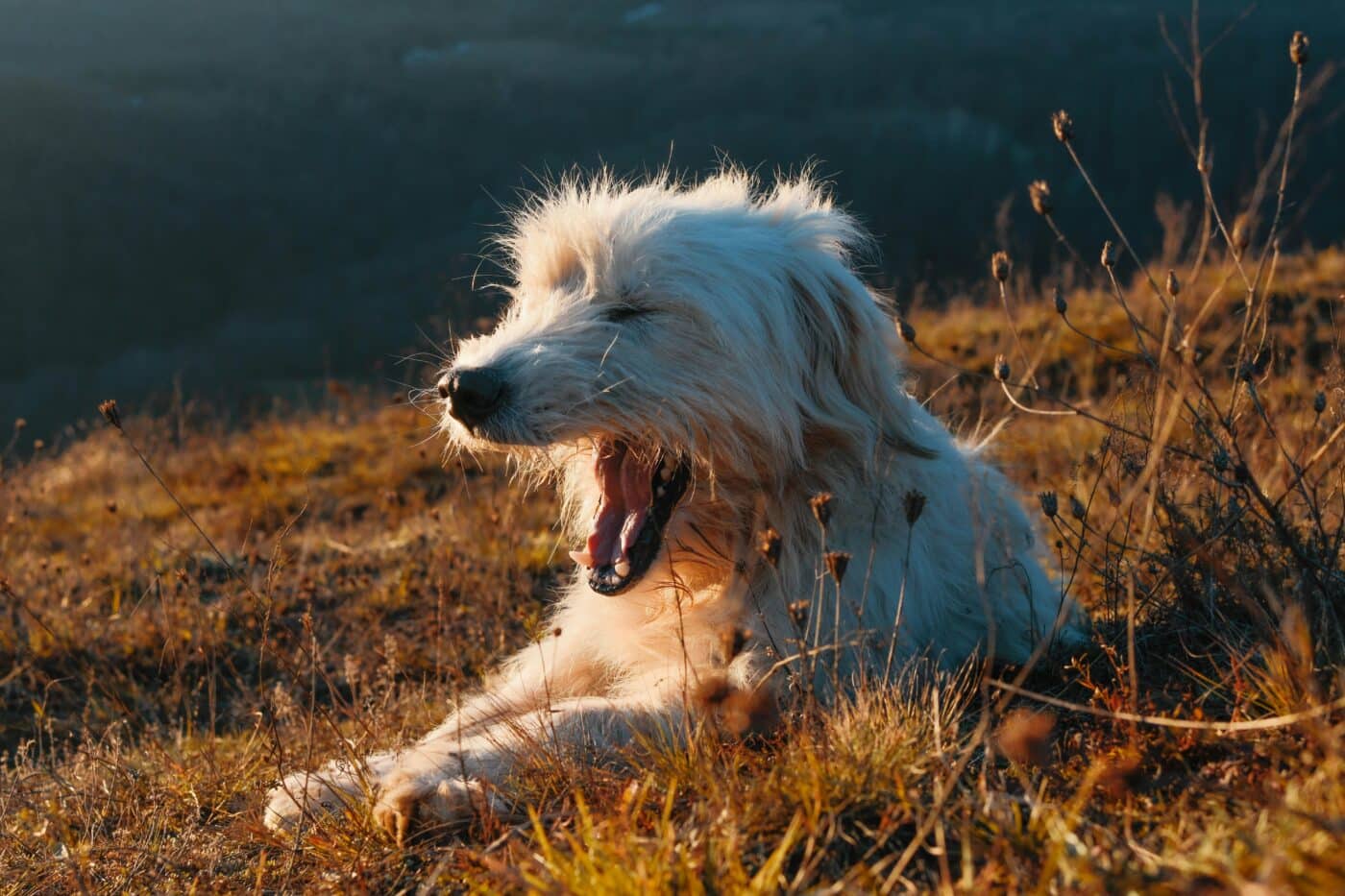 Shutterstock
Shutterstock
Yawning can also be a sign of physical discomfort in dogs. If your dog is yawning excessively, it might indicate that something is bothering them physically, such as dental pain, digestive issues, or another underlying health concern. Yawning could be a coping mechanism to manage discomfort or pain in these cases. If you notice your dog yawning more frequently than usual or in situations where they typically wouldn’t, it’s a good idea to monitor them for other signs of distress and consult your vet to rule out any medical issues.
Puppies and Yawning
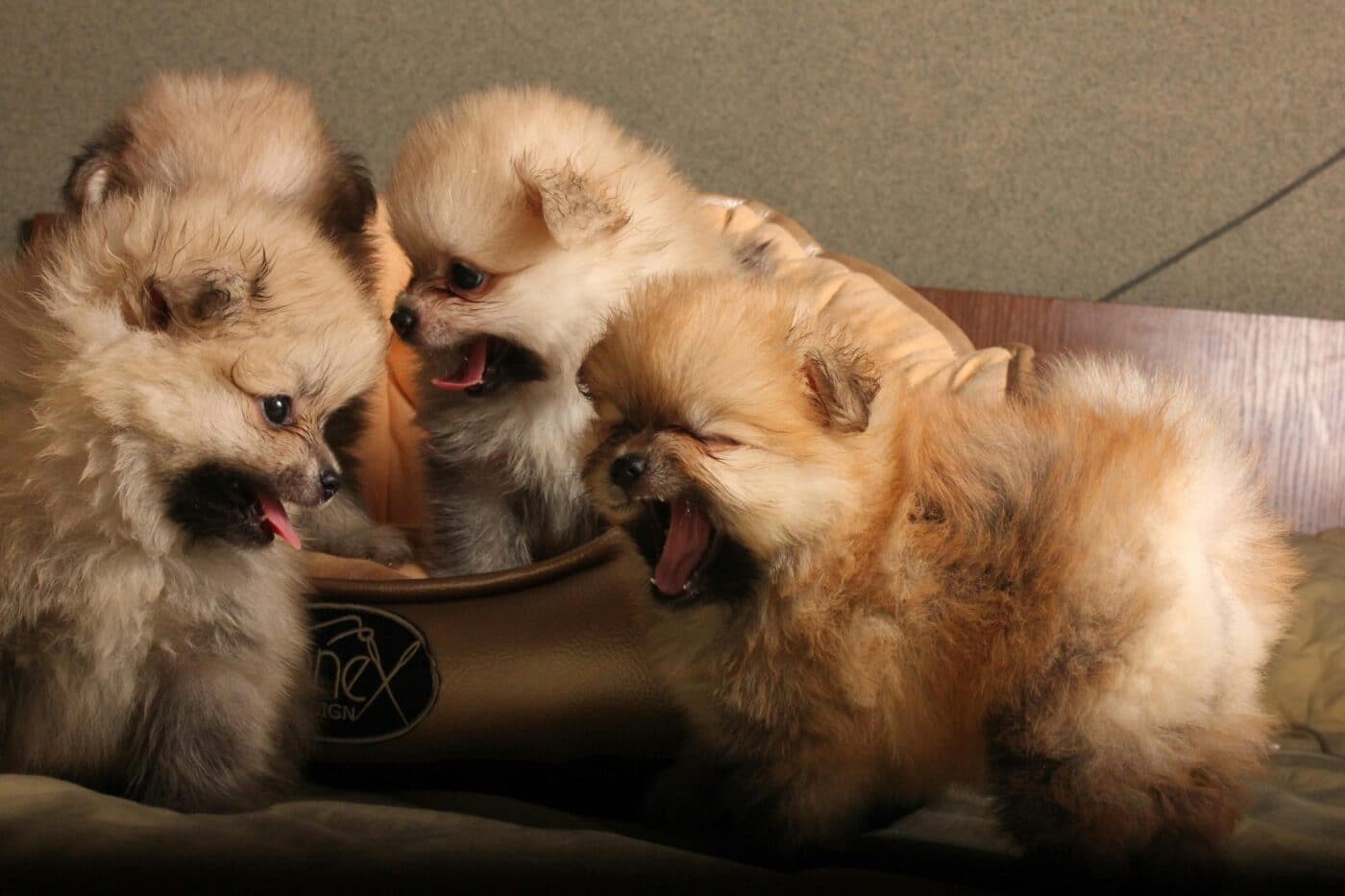 Shutterstock
Shutterstock
Puppies yawn for many of the same reasons as adult dogs, but you might notice them yawning more frequently, especially when learning about the world. Puppies use yawning to communicate with littermates, navigate social interactions, and manage the overwhelming new experiences they encounter daily. Yawning helps puppies calm themselves in stimulating environments and can signal that they’re processing new information. Since puppies are still developing their social and emotional skills, yawning is an important tool for managing stress, excitement, and fatigue.
Yawning and Body Language
 Shutterstock
Shutterstock
A dog’s yawn is often accompanied by other body language cues that can help you interpret what they’re feeling. For instance, if your dog yawns while licking their lips or turning their head away, it’s likely they’re feeling stressed or anxious. If the yawn is followed by a full-body stretch and tail wag, it could indicate relaxation or readiness to engage in an activity. Paying attention to your dog’s entire body language in combination with yawning can give you a clearer picture of their emotional state and help you respond appropriately to their needs.
Does Yawning Always Mean Sleepy Time?
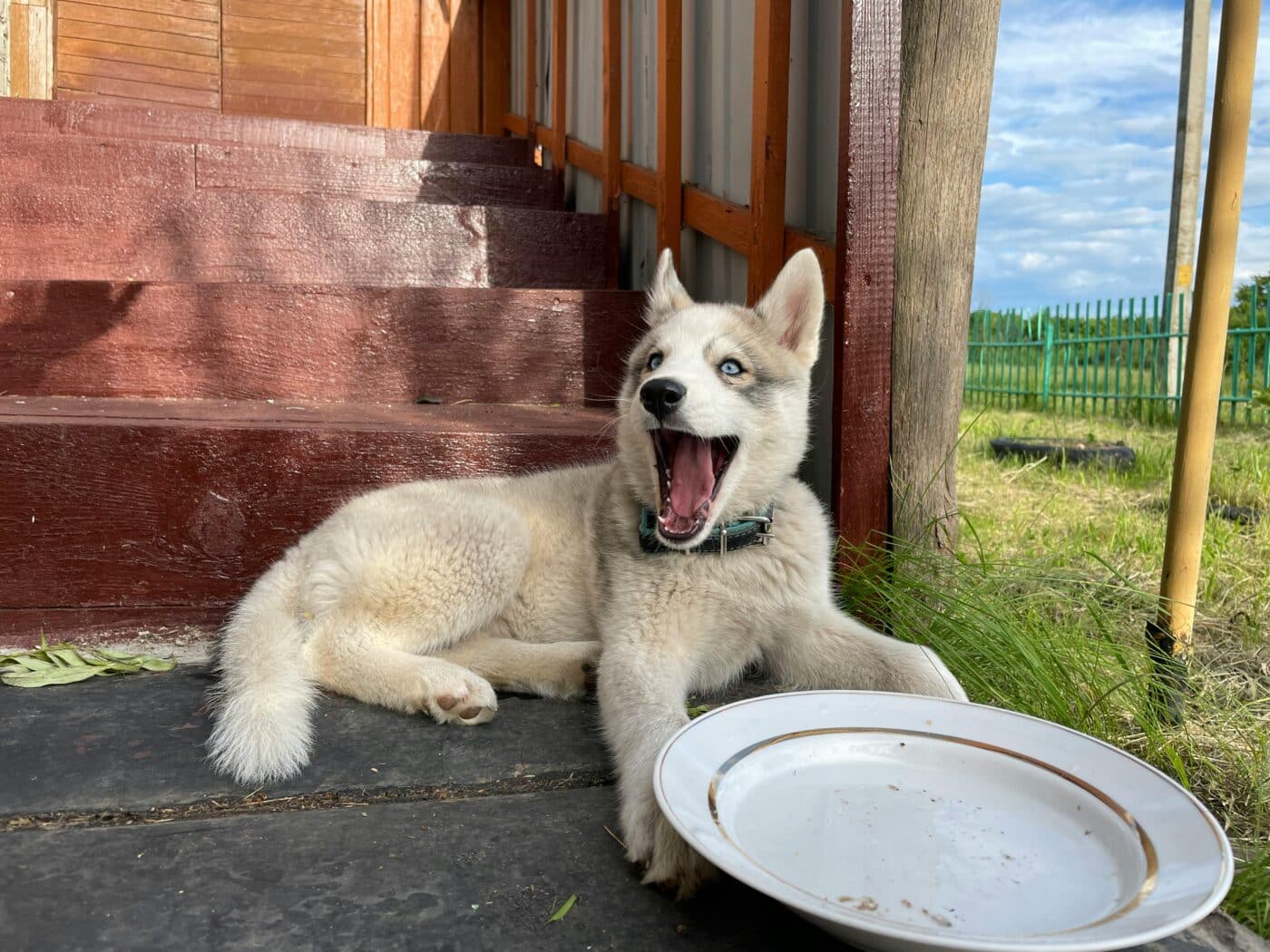 Shutterstock
Shutterstock
While yawning can certainly be a sign that your dog is tired and ready for some rest, it’s clear that there are many other reasons dogs yawn. From communicating stress or excitement to showing empathy and social bonding, yawning is a multifaceted behavior that serves different purposes in different situations. Understanding the context in which your dog yawns can help you better understand their emotional state and respond to their needs. So, while it might sometimes mean your dog is ready for a nap, yawning could also be a sign of something else entirely!
The Truth Behind the Yawn
 Shutterstock
Shutterstock
A dog’s yawn is a fascinating behavior beyond feeling sleepy. Whether it’s a response to stress, excitement, or even empathy, yawning is one of the many ways dogs communicate with the world around them. Paying attention to when and how your dog yawns can offer valuable insights into their emotional state and help you respond more effectively to their needs. So, the next time your dog lets out a big yawn, don’t assume they’re ready for bed—there’s a lot more behind that open mouth!
